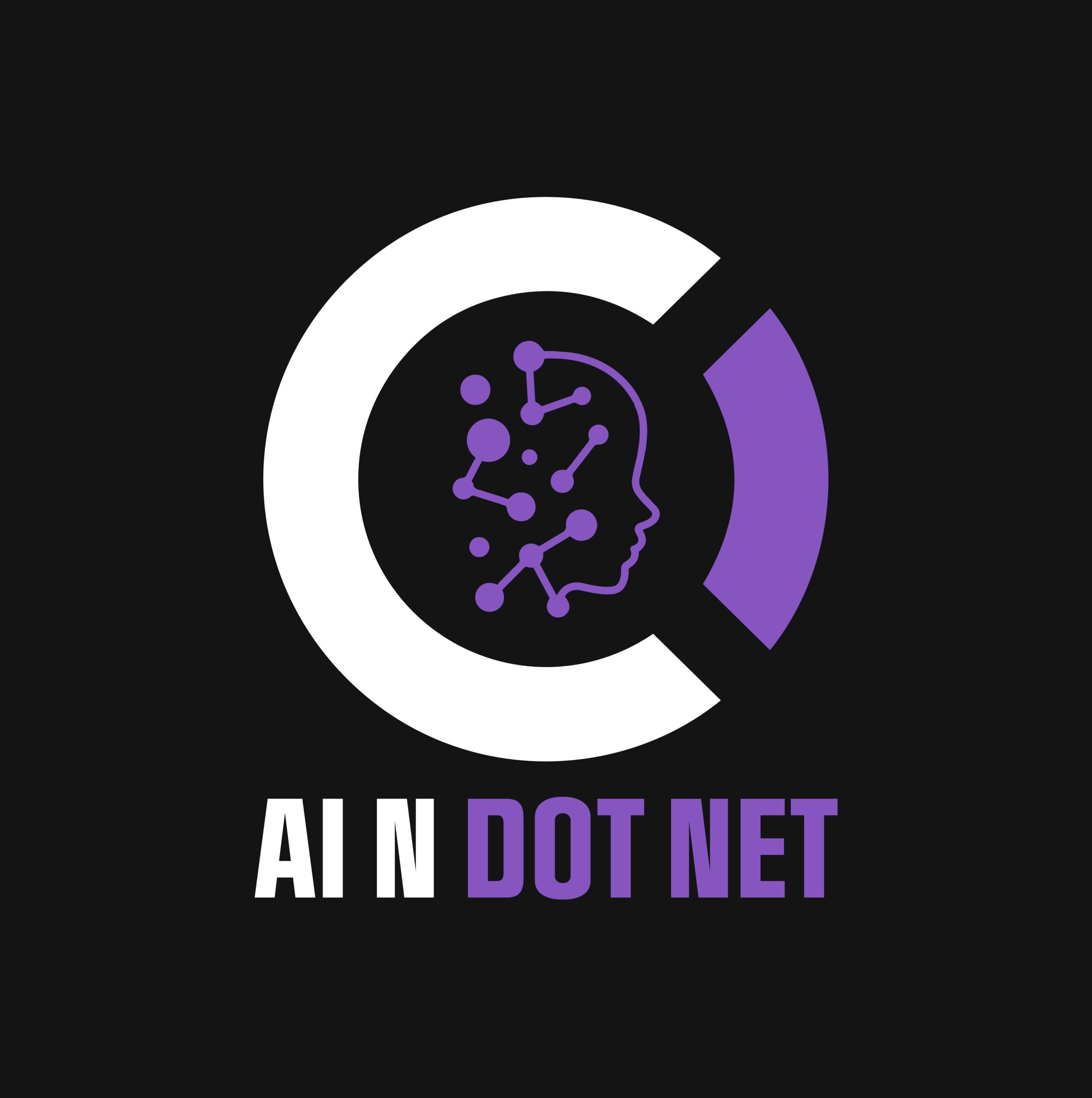Intelligent Document Processing & AI-Powered RPA
AI can now understand, extract, classify, and act on documents—freeing your team from repetitive tasks and errors.
What Is Intelligent Document Processing?
Intelligent Document Processing (IDP) uses AI to automatically extract, structure, and route information from scanned forms, PDFs, emails, spreadsheets, and other unstructured or semi-structured documents.
It typically combines:
- Optical Character Recognition (OCR)
- Natural Language Processing (NLP)
- Machine Learning for classification
- Rule-based workflows or Robotic Process Automation (RPA)
- Enhances data using additional databases
Why It’s a Core AI Application
- Documents drive workflows across every industry—from invoices to contracts
- Most document handling today is manual, error-prone, and expensive
- IDP is one of the fastest ways to reduce cost and increase compliance
- Microsoft provides battle-tested tools to implement it securely and at scale

Microsoft Tools for Intelligent Document Processing
| Tool | Role in the IDP Pipeline |
|---|---|
| Azure Form Recognizer | OCR and pre-trained document parsing (invoices, receipts, IDs) |
| Azure AI Document Intelligence | Layout and custom extraction models |
| ML.NET | Train your own classifiers or extractors using C# |
| Power Automate | Trigger actions based on extracted data |
| Azure Logic Apps | Build workflows and integrate with enterprise systems |
| Semantic Kernel | Interpret extracted text and trigger plugins or workflows |
| SharePoint / OneDrive | Document storage and version control |
Common Use Cases for IDP
| Workflow Area | Example Use Cases |
| Finance & AP | Invoice capture, PO matching, payment validation |
| Legal | Clause extraction, contract risk classification |
| HR | Resume parsing, onboarding docs, compliance forms |
| Healthcare | Patient intake forms, insurance claims, medical records, transcribe nurse and doctor consultations |
| Logistics | Bill of lading, delivery receipts, customs forms |
| Insurance | Applications, claim forms |
Stakeholder Perspectives
🧭 Executives
- Cut manual workload in high-volume departments (AP, legal, HR)
- Improve compliance, reduce SLA breaches
📋 Business Analysts
- Document data fields, accuracy thresholds, exception handling flows
- Map which forms are IDP-ready today vs. need redesign
🧑💻 Developers
- Integrate ML.NET or Form Recognizer with local .NET apps
- Use Power Automate or Logic Apps for end-to-end workflow automation
🧾 End Users
- Submit a document once—let the system route, verify, and notify automatically
Watch for our book on Intelligent Document Processing
Our upcoming book on IDP will have all the details for executives, managers, business requirements analysts, programmers, and database administrators. We include a C# prototype using Azure Form Recognizer for OCR and layout. You can then add:
- ML.NET for document classification or field extraction
- Semantic Kernel to interpret extracted content
- Power Automate to update records or route documents
Key Features:
- Upload a document → receive structured output (JSON or form)
- Classify document type
- Extract fields like vendor, total, date, and due date
- Trigger follow-up action (e.g., approval request, database entry)

Scale to Hundreds of Thousands of Documents
We can scale your IDP system to handle hundreds of thousands of documents, each containing hundreds or even thousands of pages.
- Summarize multi-thousand-page documents in minutes
- Automatically tag and categorize content at scale
- Index long documents so users can jump to relevant sections instantly
Instead of taking hours or days to digest complex material, IDP delivers the insights you need in minutes—accurately, consistently, and at enterprise scale.
Transcribe and Translate at Scale
IDP isn’t just for documents.
- Transcribe audio files, including recorded consultations, meetings, or support calls
- Translate documents, videos, and audio into other languages using Azure Cognitive Services
- Apply the same indexing, tagging, and enrichment workflows across formats
Bring structure to everything—from PDFs and scanned forms to MP4s and WAV files.
Enrich Documents with External Data
Once your documents are converted into structured text, the real intelligence begins.
We can:
- Auto-tag and index content
- Insert a table of contents into long documents for easier navigation
- Enrich content with external databases
- Given a vehicle VIN, return year, make, model, and accident history
- Recognize pharmaceutical names and flag potentially dangerous drug interactions
What was once a pile of paper is now indexed, enriched, and decision-ready data.
Instead of guessing or searching, you act—with context, speed, and confidence.
From Prototype to MVP
- Identify 2–3 high-volume document types
- Run the prototype using Form Recognizer or ML.NET
- Integrate outputs into Power Automate
- Build exception-handling workflows
- Evaluate: Accuracy, human review rate, time saved
Best Practices
- Start with structured forms (invoices, applications, claims)
- Use pre-trained models to jumpstart success (Azure Form Recognizer)
- Don’t over-optimize—a 90% automation rate can still save hundreds of hours
- Include a human-in-the-loop review process for compliance
- Document data lineage and audit logs for sensitive workflows
Related Pages
Turn Documents Into Data—and Data Into Action
AI doesn’t just read your documents. It understands them, extracts value, and triggers action. Let’s build a system that handles paperwork so your people can handle progress.

